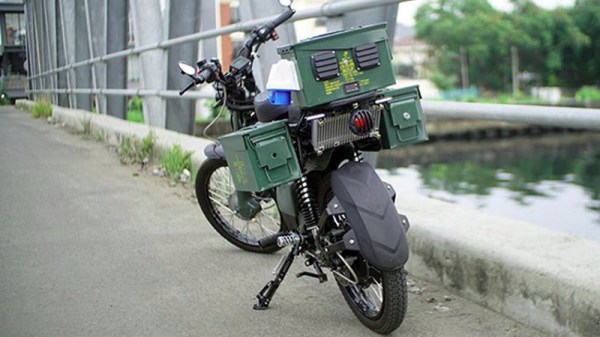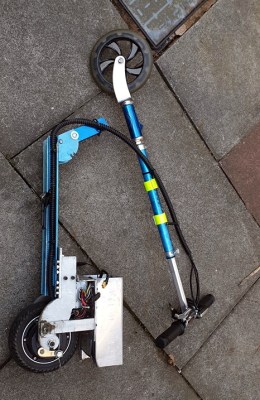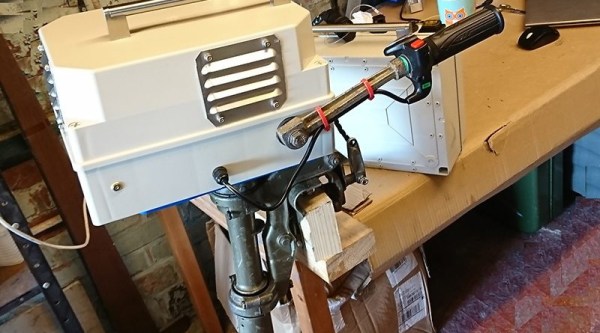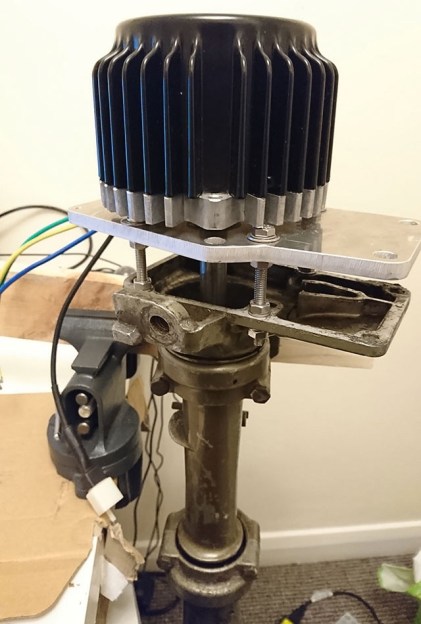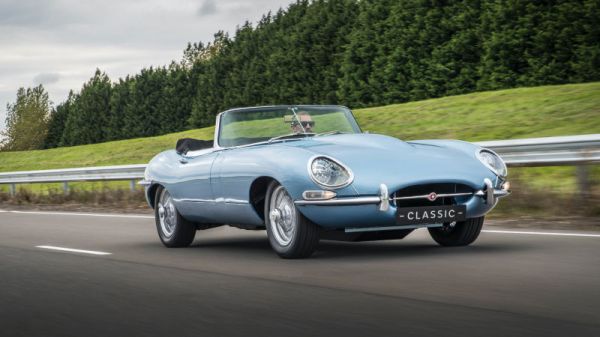In my country, we have a saying: the sun is a deadly lazer. Well, it’s not so much a folk saying as a meme, and not so much in one country as “the internet”. In any case, [LiamTronix] was feeling those cancer rays this harvest season when running his electric tractor, and realized that– since he’s already charging it with ground-mounted solar panels anyway–if he’s going to build a roof for his ride, he might as well make charge the batteries.
Another bonus is safety: the old Massey-Ferguson at the heart of the electric tractor build didn’t come with any rollover protection from the factory back in the 1960s. Since having however many tons of tractor roll onto you was bad enough before it got a big hefty battery pack, we heartily approve of including a roll cage in this build. Speaking of battery packs, he’s taking this chance to upgrade to a larger LiFePo pack from the LiIon pack he installed when we first featured this conversion in 2024.
Atop the new roll cage, and above the new battery, [Liam] installed four second-hand 225 W solar panels. Since that’s under 1kW even if the panels have not degraded, the tractor isn’t going to be getting much charge as it runs. In the northern winter, [Liam] is only able to pull 80 W from the set. That’s not getting much work done, but who wants a tractor without a cab or heater when it’s below freezing? In the summer it’s a much better story, and [Liam] estimates that the roof-mounted panels should provide all of the energy needed to run the tractor for the couple hours a day he expects to use it.
If you’re wondering how practical all this is, yes, it can farm — we covered [Liam] putting the project through its paces in early 2025.




